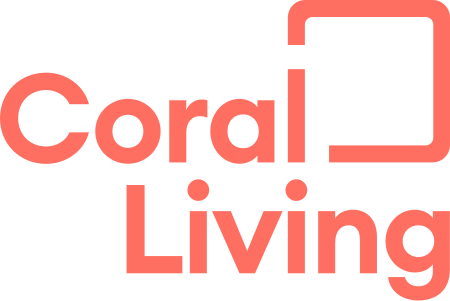A social investment perspective on supported living
“The World should be a better place”
Such is the constant refrain. Yet governments, individuals and all in between often struggle to maintain the status quo, let alone improve things.
In society the role of Social Investor or “Impact Investor” is nuanced. As Impact Investors we have – compared to mainstream investors – limited resources at our disposal and wish to use them to create the greatest possible benefit. To help with this we have a wider mandate to seek ‘impact’, rather than pure financial return. With a nimble approach we can make a difference.
The provision of housing for people with autism or learning disabilities is uneven across the country. The quality of housing is often either poor or inappropriate and the quantity insufficient. This is not only tragic for the individuals concerned but it also has a wider impact on those around them and on society. Often parents and other relatives look after them full time, compromising their own life opportunities and in turn placing a further burden on the state.
Agencies have an obligation to assist but are often ill-equipped, with limited budgets and an inappropriate legacy of housing stock. Everyone involved strives to do their best in difficult circumstances.
Investing in partnership
With limited resources, the impact investor wishing to make a difference must leverage their flexibility. Instead of simply investing alongside mainstream commercial investors they can identify opportunities for seed investments that would make commercial investors nervous. If these are successful, they will reveal further investment opportunities at scale where commercial investors will then be able to engage.
In the context of support living, this means understanding why current provision is inappropriate, identifying what is missing and investing in organisations that can improve things.
A key missing element has been the design of appropriate housing for people with autism, with learning disabilities or with rare conditions such as Prader-Willi Syndrome. Such individuals have different requirements. They cannot be treated as a single group (nor for that matter should they be housed together); they need their conditions to be deeply understood and their housing designed to take them into account.
What is more, an individual’s needs will change over time. A good design will flex to accommodate this, without the need to move from one setting to another. This can be highly traumatic.
Naturally this needs to be achieved at affordable price-points but good design is not necessarily expensive design. It simply needs to be well-considered, with strong collaboration between architects and therapeutic and academic specialists. Bringing them together is key to making a positive impact.
Measuring impact
Anyone who discovers the world of impact investment will find a morass of impact metrics and reporting protocols. Sadly, they demonstrate knowledge of the price of everything and the value of nothing.
Numbers to multiple decimal places can measure the wrong things and show only part of the picture.
And with supported living the picture is particularly complicated.
What does impact look like?
If we are slightly sceptical about current impact reporting, how do we know what is successful, and how do we understand what is going on? The answer is not a new type of report, where you can quickly turn to the summary page and see a simple answer. It needs active engagement by the investor, spending time and not just expending financial resources. It means being part of the journey as needs are identified and solutions explored.
A successful development will not only provide appropriate and pleasant living for those with autism or learning disabilities. It will also have wider impacts. These include freeing family carers to lead a more fulfilling life and allowing society more generally to appreciate everyone for what they can offer rather than seeing some people as a burden.
Funding to impact at scale
Coral Living epitomises what we look for in an impact investment. Its success leads not only to new developments around the country but also spreads best-practice. Its projects reveal a new mindset of what ‘good’ provision looks like and demonstrates how that can be achieved at scale and within existing financial constraints.
By supporting Coral Living we hope to be able to create positive outcomes for individuals with learning disabilities, autism, and conditions such as Prader-Willi Syndrome, and also for their loved ones, and the wider communities around them.
That is impact.
